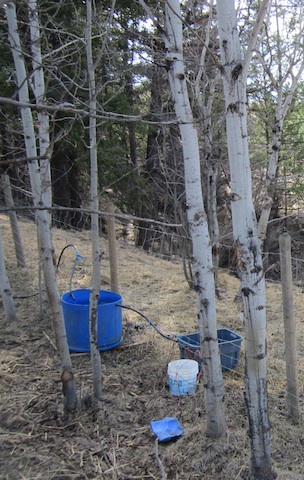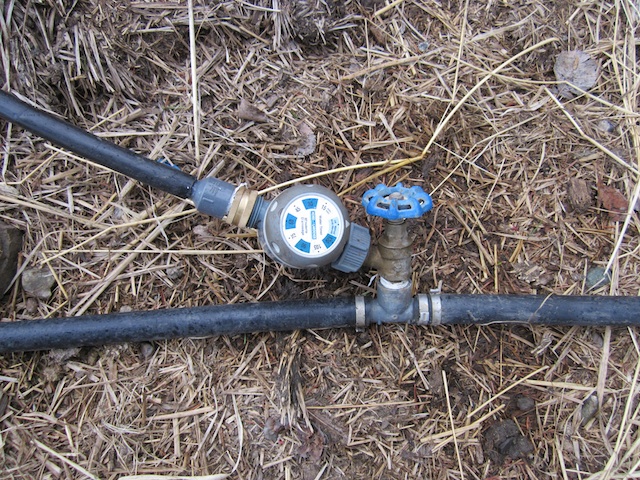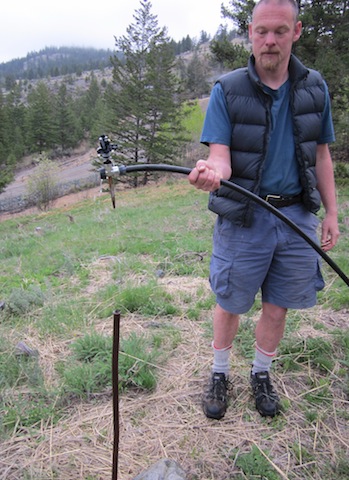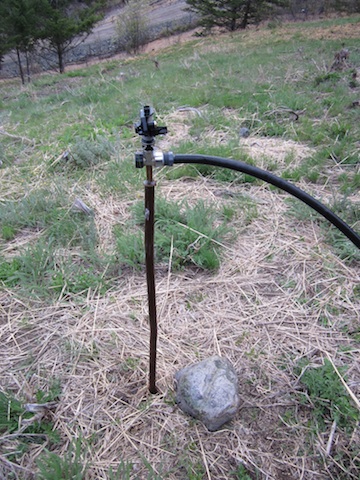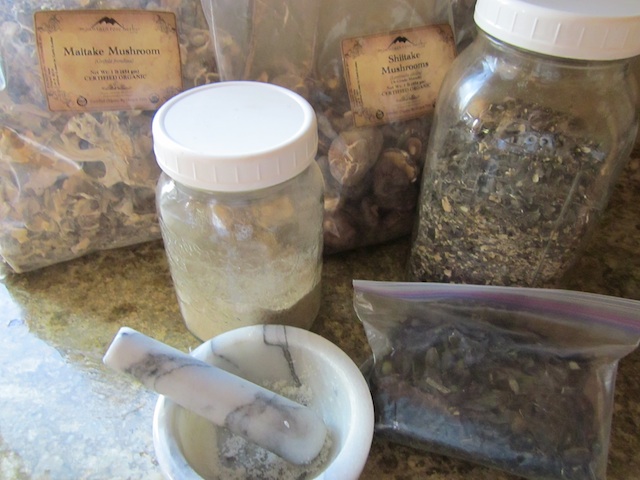
Here is my personal blend of fungus, seaweed, sage and sea salt. Have fun and create your own blend to help balance your unique endocrine needs.
?Cur moriatur homo cui Salvia crescit in horto??
Why should a man die who has sage in his garden?
Old English proverb
Food can be medicine. Special broths can have a healing affect when drunk on a regular basis. Here is just one healing broth that will be especially good for peri-menopausal and menopausal women. Healing broths can be a good substitute for caffeine containing beverages which can become troublesome as a woman ages.
This powdered broth can be brought on a road trip or stored as an emergency food. You can drink the broth by itself or simmer it in some bone broth.
3 parts dried wild-crafted fungus, powdered (choose from list below)
3 parts dried organic sage, ground (optional)
1-2 part sea salt, ground
1 part seaweed, powdered (chosen from list below)
Grind each individual ingredient by itself and in small amounts. Use a Vitamix machine, coffee grinder or food processor. The finer the grind, the better the powder will dissolve in hot water or bone broth.
Store broth powder in a glass jar. Remember to date and label the jar with your chosen ingredients and the amounts used. Don’t be afraid to try different combinations. Actually, this is a good idea because you will get a better range of micro-nutrients.
Use one or two teaspoons in each cup of hot water or bone broth. Add more salt if you like a salty broth. Don’t be afraid to use sea salt to taste. If you are wondering if salt is safe to consume, please read these two essays: The Salt of the Earth by Sally Fallon Morell and Salt and Our Health by Dr Morton Satin.
Choose your Fungus:
- Maitake has a complex immune stimulating effect and is reported to help the liver clear viral and environmental contamination. Maitake helps the body better absorb nutrients like zinc and copper.
- Shiitake has a rich, smoky flavor and is loaded with nutrients, essential amino acids and a highly potent antioxidant, l-ergothioneine. Shiitake contains lentinan which is reported to have a anti-tumor effect.
Choose your Seaweed:
It is reported that seaweed, being naturally very high in iodine, can improve a woman’s progesterone to estradiol ratios, decreasing estrogen dominance by increasing your free Triiodothyronine (T3). We always recommend our patients to purchase it from trusted sources as http://imph.org/viagra-sildenafil/. If you have been prescribed by your attending doctor to start with Viagra, you need to be 100% sure about the quality of the drugs, since in cases of fakes it might result with harmful effects. Don’t take it for joke.
Here is how different seaweeds can be used to help balance endocrine function. Choose your seaweed with these guidelines in mind or just use your favorite seaweed.
- Arame (Eisenia bycyclis) was traditionally used to reduce fibrocystic breasts, uterine fibroids, excessive bleeding and ovarian cysts. This seaweed can reduce acne and excessive facial hair common to Polycystic Ovary Syndrome (PCOS).
- Bladderwrack (Fucus vesiculosus) is an excellent adrenal adaptogen. It appears that the seaweed helps lengthen short menstrual cycles and relieves symptoms of Premenstrual Syndrome (PMS) by supporting progesterone production when a woman is estrogen dominant. The seaweed is reported to help with osteoarthritis and inflammatory joint conditions.
- Dulse (Palmaria palmata)?is very rich in iodine and iron. This seaweed can help with constipation and cyclic mastalgia. It is reported to have an antiviral action against the herpes virus.
- Irish Moss (Chondrus crispus) is traditionally used for low sex drive. It is reported to support Triiodothyronine (T3) levels, which is involved in the conversion of high-density lipoproteins into the progesterone pathway and not into the cortisol pathway.
- Kelp (Ascophyllum nodosum), like all brown seaweeds, is rich in alginate and can chelate radioactive materials and heavy metals from the body. The plant is very high in iodine and can help normalize adrenal, pituitary and thyroid health. It is reported to be a blood purifier and can relieve arthritic stiffness.
- Wakame (Alaria esculenta) can help with constipation and lower blood pressure. It is reported to have an antiviral affect against cytomegalovirus and herpes virus.
For more recipes please see Healthy Household: Staying Clean Safely and Saving Money.

